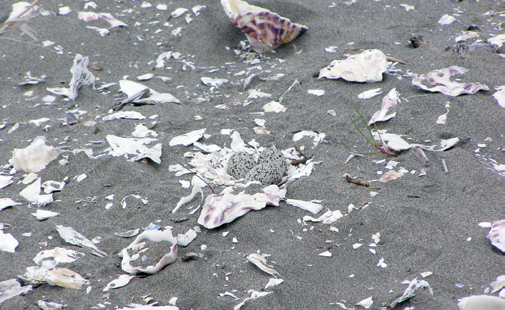Panel identifies most-effective methods for protecting western snowy plovers from raptors

For breeding western snowy plovers—small, federally protected shorebirds that nest along the Pacific coast—the list of predators is long. Predation management for the species serves to control some of the bird's most common predators—including coyotes, foxes, crows, and ravens—but less so for others, like raptors.
Wildlife managers in the West now have a technical report that can help them address raptors in their existing western snowy plover predation management plans. Produced by the U.S. Forest Service's Pacific Northwest Research Station, the report explores the effectiveness and feasibility of more than two dozen humane raptor control measures that can aid western snowy plover recovery. It is available online at http://www.treesearch.fs.fed.us/pubs/48865.
"Although many raptor control options exist, there has not been a comprehensive evaluation of which may be best for helping recovery of the plover," said Bruce Marcot, a research wildlife biologist with the station and lead author of the report.
Marcot engaged help from seven federal and state wildlife agencies and nonprofit wildlife institutions in the form of an expert panel that objectively reviewed and evaluated 26 raptor control measures. The panel focused its review on northern harriers and great horned owls, the main raptorial predators of plovers, and examined nine categories of control measures. The panel then assessed and scored the effectiveness and feasibility of each technique for controlling predatory harriers and owls.
As part of their review, the expert panel also collectively identified types of monitoring information—like number of predation events—that management agencies could use to develop indices to trigger raptor predation management activities.
Findings in the report are being used by the U.S. Fish and Wildlife Service to protect plover populations on private and public lands along the Pacific coast.
Provided by USDA Forest Service



















